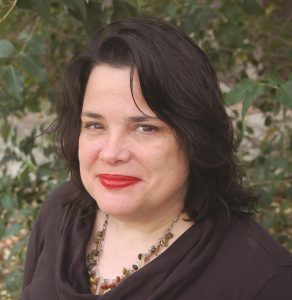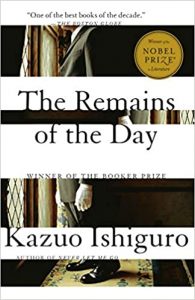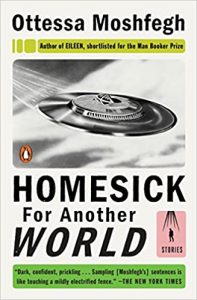This short story was an interesting exploration of relationships in different forms and how starkly they can vary from person to person and even from time to time. From the beginning paragraph, where Lois explained that she was Jewish woman who was heavily tattooed with Jesus Christ on her (multiple times) along with a Buddha on her back, to the ending where she compared her body to a love letter to her dead husband when she felt that she hadn’t become a museum to him yet, this irony seems to be something that follows the narrator throughout her lifetime.
One of the most noteworthy relationships is between Lois and her mother, “She had always been a glamorous woman, never going anywhere without a mirror, checking and rechecking her reflection, straightening, maintaining.” That was what Lois noted about her mother on page 9, “When I was a teenager, there were days that I didn’t look in the mirror at all; I avoided my shadow passing in shop windows.” This insecurity about herself immediately following her perception of her mother, and I think is telling. Most meetings with her mother later on in Lois’s life, after she married Tiny and began having her body become a memorial to his career as a tattoo artist, she said she would cover up her body more and more to hide her tattoos. The one time that Lois’s mother saw her full body of tattoos, she was harsh and blunt enough to say that “you’ve finally made yourself into the freak you always thought you were.” (p. 18) She knew how her daughter thought of herself, as not comfortable in her own skin, and she all but says that she thinks Lois ruined her body. Lois was keenly aware of, not only her mother’s judgement about her decision to let her husband leave his markings all over her body, but of everyone else’s as well. She seems proud to let Tiny experiment on her and grow as an artist on one hand, but on the other she specifically pointed out how she hated people trying to look at her arms when shopping for food.
It was also ironic how her cousin, Babs, the reason that she met Tiny in the first place, and someone who was wild enough to get a “black and white bow on her tush” (p. 5) had settled down with a husband who gave her a family and a good income, and only occasionally had a bit too much whiskey had the life that it sounded like her mother wanted for her. Lois seemed to think of herself as wild by saying that Babs had lost her wildness whereas there was almost nothing to insinuate that her own life has been unconventional besides Lois marrying a man who was thirty-one years older than her and letting that same man tattoo almost every inch of her.
Lois’s relationship with her own body was too complicated to say that she loved it at the end of the story, but the fact that she described it as a love letter is telling enough to show that she didn’t regret it. Other than feeling agitated at other people’s judgment, throughout the story she appears to mellow out with more and more of her tattoos, and she becomes more focused on tattooing her husband while he was in the hospital, placating her mother’s needs, and she even turned down a young tattooist who wanted to take photos of her body to see her husband’s work. Her body wasn’t only a love letter to Tiny, it was her own, and she no longer had to feel like a ghost in her own blank skin.




